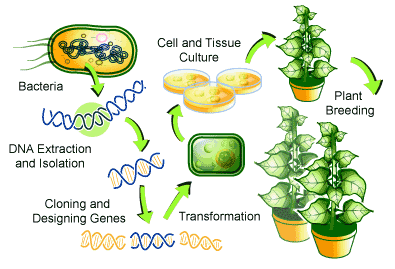Quorum Sensing, types, mechanism and function
Quorum sensing is a way bacteria “talk” to each other by sending out and detecting special chemical signals called autoinducers. This helps them figure out how many other bacteria are nearby. When there are enough of them, they work together and turn on certain genes, especially ones that use a lot of energy, so their

